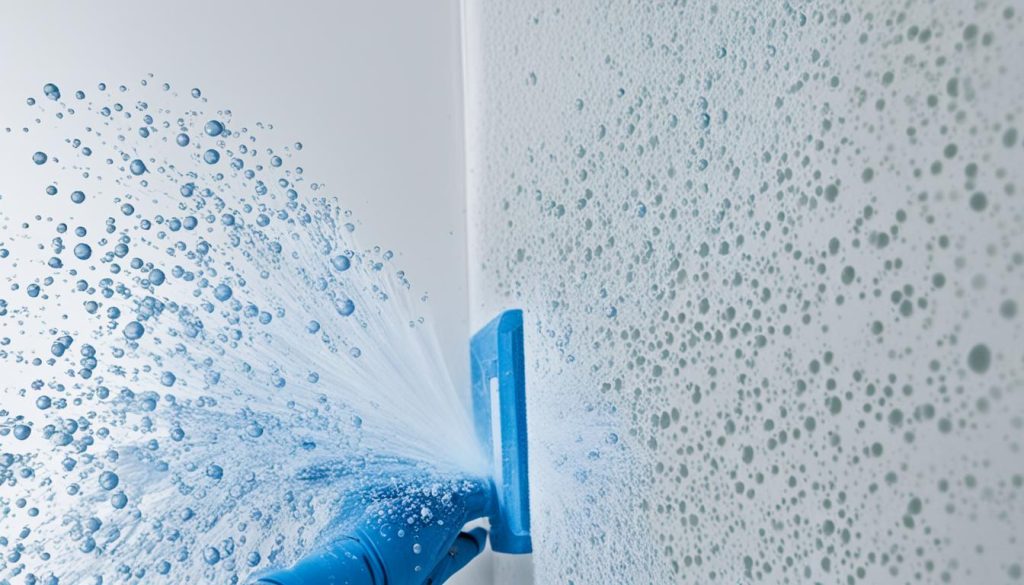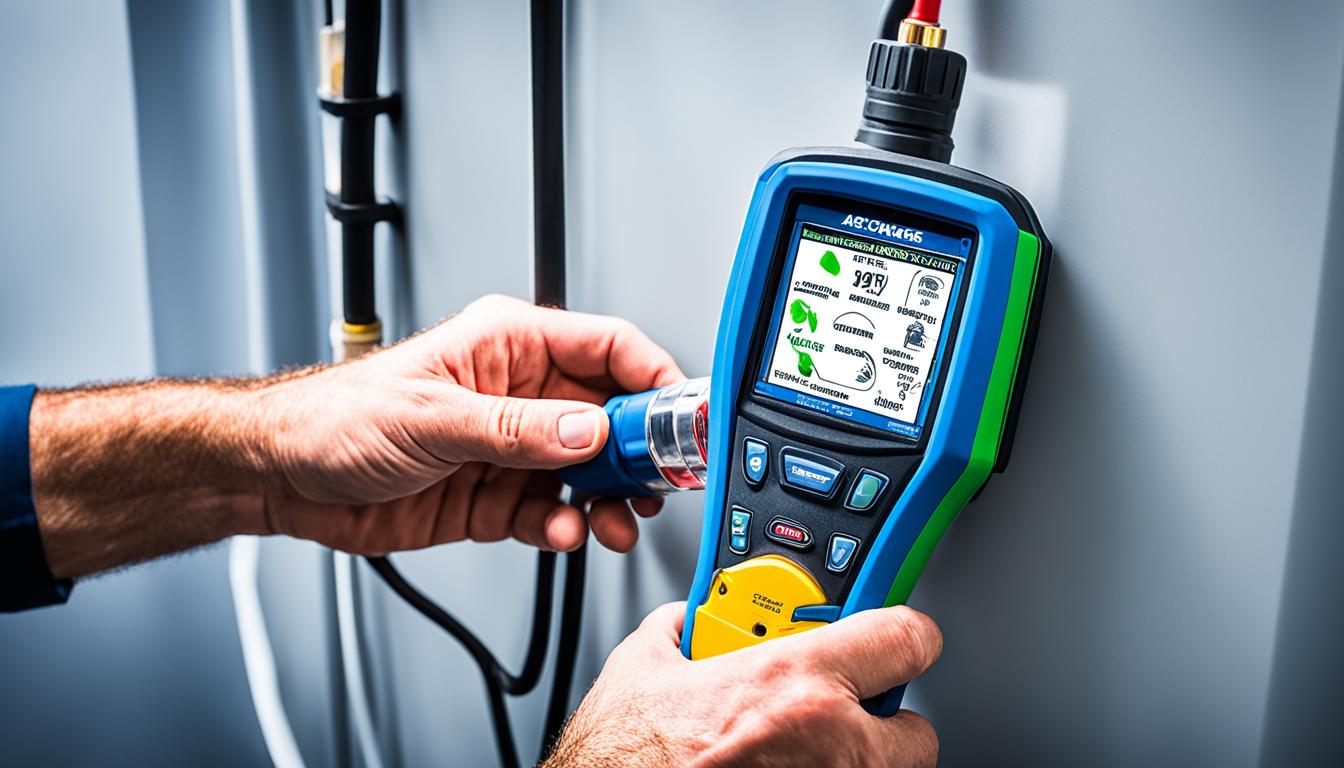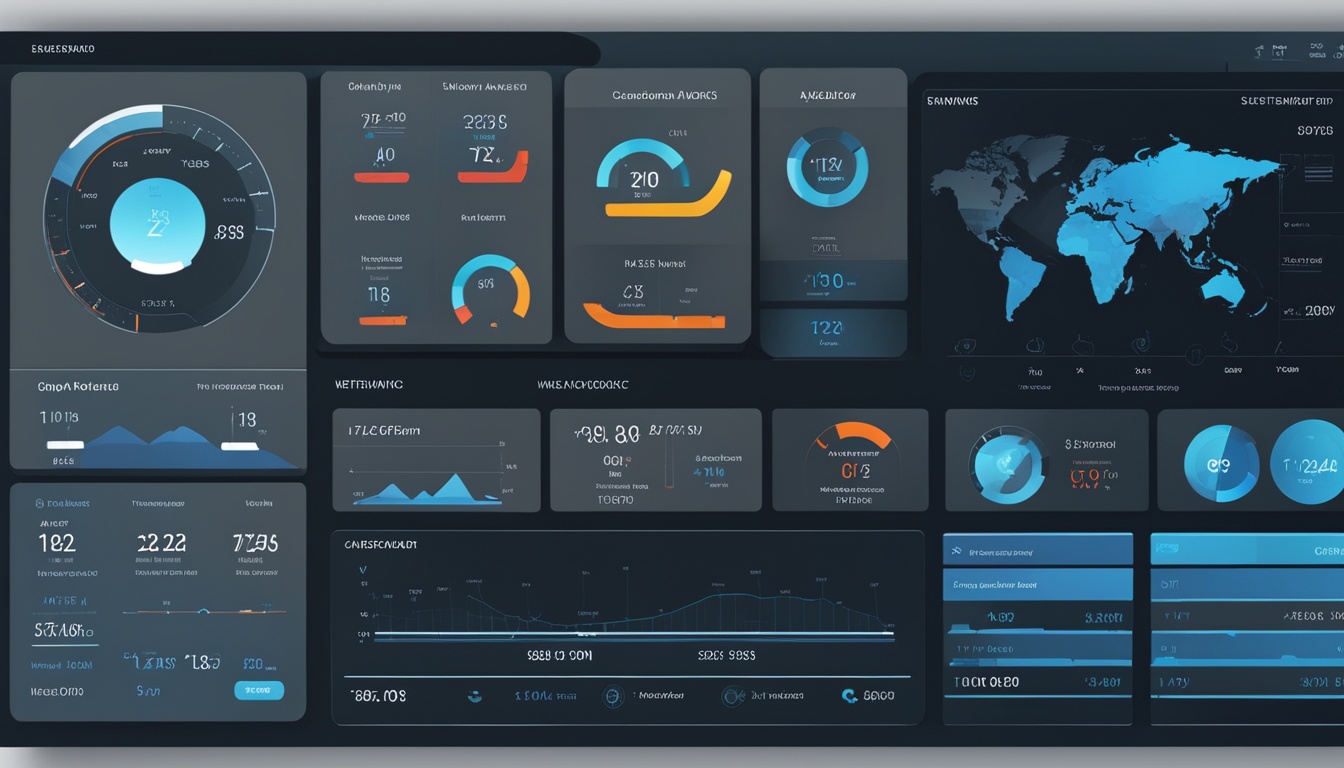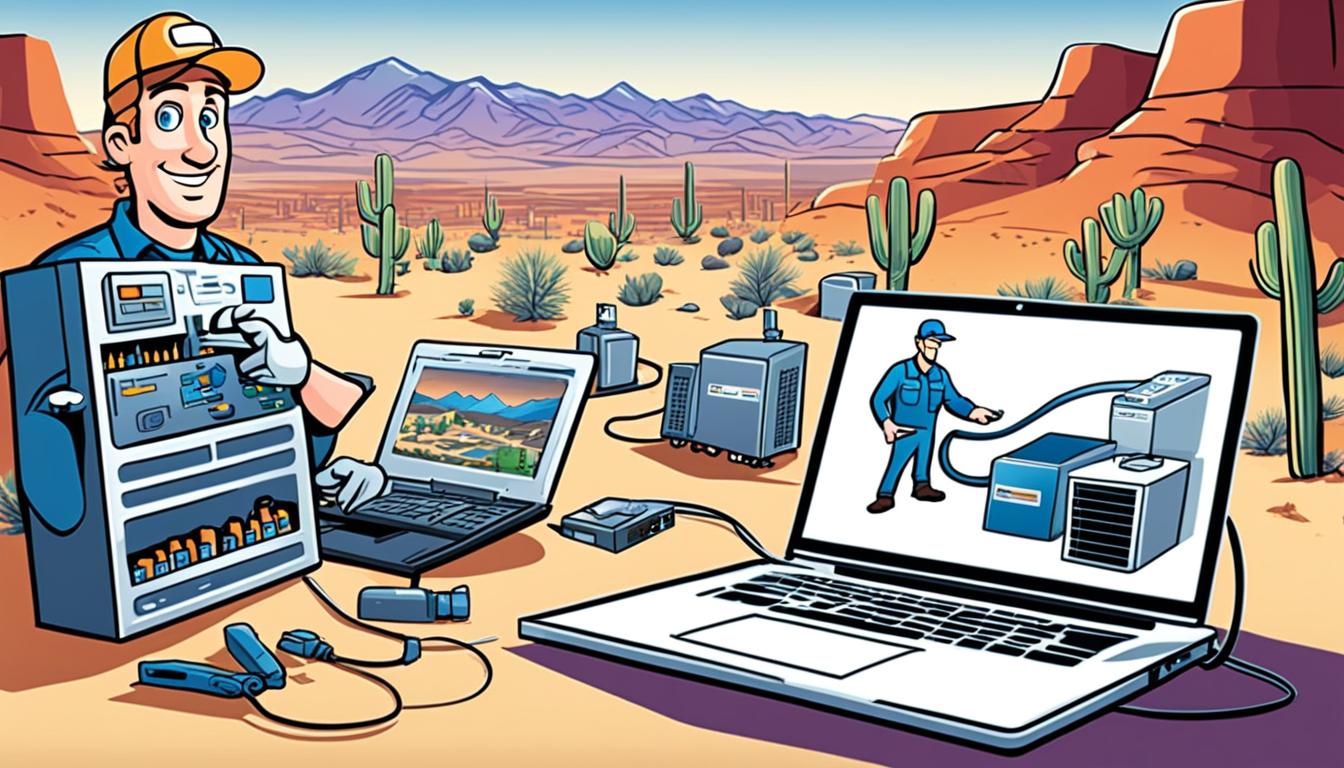Imagine this: you’re on a scorching summer day, trying to fix an air conditioning system for a customer who’s desperately seeking relief from the relentless heat. As you meticulously examine the system, you suddenly realize that there’s a refrigerant leak—making the cooling process ineffective and the repair more complex than anticipated. The frustration grows as time ticks away, and you’re left scrambling to find the source of the leak.
Does this scenario strike a chord with you? If you’re an HVAC professional, you understand the importance of having the right tools to tackle such challenges. That’s where AC leak detectors come into play, offering a valuable solution to identify and locate refrigerant leaks quickly and accurately.
In this comprehensive guide, we’ll explore the main types of AC leak detectors available for professional use. From ultrasonic to infrared, electronic to selective gas leak detectors, we’ll delve into the features, benefits, and considerations of each type. By the end, you’ll have a deeper understanding of the options at your disposal—empowering you to make an informed choice that aligns perfectly with your professional needs.
Key Takeaways:
- There are various types of AC leak detectors available for HVAC professionals.
- Ultrasonic, infrared, electronic, and selective gas leak detectors offer different technologies and levels of sensitivity.
- Consider factors such as the type of refrigerant used, sensor life, and false positive triggers when choosing the right leak detector.
- Proper maintenance and effective techniques enhance leak detection capabilities.
Types of Electronic Leak Detectors
Electronic leak detectors are widely used by HVAC professionals to efficiently detect and locate refrigerant leaks in air conditioning and refrigeration systems. These detectors utilize advanced technologies to provide accurate and reliable results. Let’s explore the four main types of electronic leak detectors:
1. Corona Discharge Detectors
Corona discharge detectors use an electrical field to trigger an alarm when refrigerant or other gases are present. They are highly sensitive and capable of detecting even the smallest leaks. These detectors are versatile and suitable for various refrigerants, making them a popular choice among HVAC professionals.
2. Heated Diode Detectors
Heated diode detectors are known for their sensitivity to halogenated gases. When in contact with these gases, they generate an electrical current, indicating the presence of a leak. However, they can be sensitive to contamination, affecting their accuracy. Regular calibration is necessary to maintain their performance.
3. Infrared Detectors
Infrared detectors utilize an optical bench to sense the absorption of infrared (IR) radiation by the refrigerant. They are highly accurate and can detect leaks even in challenging environments. These detectors are particularly effective for refrigerants with high IR absorption rates.
4. Ultrasonic Detectors
Ultrasonic detectors work by amplifying sound waves emitted by gas or vacuum leaks. They are effective in locating leaks in pressurized systems and are capable of detecting leaks from a distance. Ultrasonic detectors are suitable for various refrigerants and can be used in both small and large-scale applications.
Each type of electronic leak detector has its own strengths and is suitable for different refrigerants and scenarios. HVAC professionals should consider the specific requirements of their projects and choose the appropriate detector accordingly.
Other Types of Leak Detectors

In addition to electronic leak detectors, there are other types of leak detectors that can be used in the HVAC industry. These alternative methods offer different approaches to leak detection and can be valuable tools in specific situations.
Halide Detectors
Halide detectors, although not widely used anymore, were once a common method for detecting leaks. These detectors rely on changes in flame color to indicate the presence of a leak. While they can be effective, it is important to note that halide detectors can be dangerous and produce harmful gases. Due to these risks, many professionals have adopted alternative technologies.
Fluorescent Detectors
Fluorescent detectors are a type of leak detection method that utilizes additives in the system. These additives can be detected using UV light, making it easier to identify leaks. However, it’s important to note that the effectiveness of fluorescent detectors depends on the presence of oil. If there is no oil in the system, this method may not be as reliable.
Soap and Water Method
The soap and water method is a simple and effective technique for detecting leaks, especially for small leaks. It involves creating a mixture of liquid soap and water and applying it to suspected leak areas. When a leak is present, the soap and water mixture will bubble, indicating the location of the leak. This method is commonly used by HVAC professionals as a quick and convenient way to identify leaks.
By considering these alternative methods alongside electronic leak detectors, AC repair contractors can broaden their options for leak detection and choose the method that best suits their specific needs and preferences.
Maintenance and Techniques for Effective Leak Detection
Proper maintenance and effective techniques are crucial for accurate and reliable leak detection with your AC leak detector. By following these tips, you can enhance your leak detection capabilities and ensure optimal performance:
1. Leak Detector Maintenance: Regular calibration and sensor replacement are essential for electronic leak detectors. This ensures that your detector is accurately measuring and detecting leaks. Schedule routine maintenance to keep your equipment in top condition.
2. Visual Leak Detection: Visual inspection is a valuable initial step in leak detection. Look for oil traces or any signs of leakage around connections, joints, and components. Visual cues can help you identify potential problem areas and narrow down your search.
3. Proper Operation Technique: Use the proper operation technique when using your leak detector. Move the detector slowly and constantly over the test area to ensure thorough coverage. Utilize a mix of leak detection technologies to maximize your chances of detecting leaks accurately. Additionally, it’s always a good practice to double-check your findings by using methods like the soap and water technique to confirm the presence of leaks.
By following these maintenance practices and employing effective leak detection techniques, you can improve your ability to detect leaks and prevent costly issues. Investing time and effort in maintenance and proper operation technique will help you ensure the longevity and effectiveness of your AC leak detector.





0 Comments